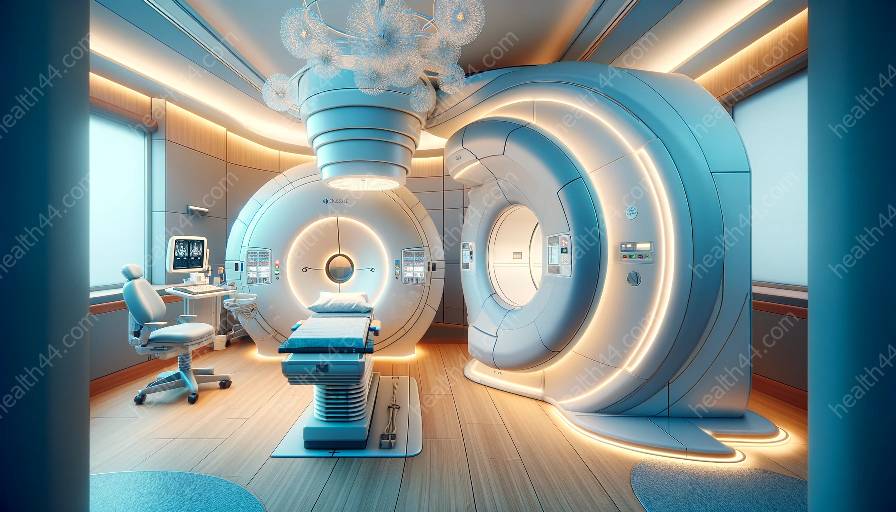Radioactive seed implants, also known as brachytherapy or internal radiation therapy, are a form of treatment for cancer that involves placing small radioactive seeds directly into or near a tumor. These seeds emit radiation, which targets the cancerous cells while minimizing exposure to surrounding healthy tissues. This innovative method has gained significant attention in the medical field, particularly in oncology treatment, due to its effectiveness and the compatibility with radiation therapy devices and medical equipment. This article aims to explore the multifaceted aspects of radioactive seed implants and their integration with radiation therapy devices and medical equipment.
The Science behind Radioactive Seed Implants
Radioactive seed implants operate on the principle of delivering a highly concentrated dose of radiation to the targeted cancerous area. These seeds, often containing radioactive isotopes such as iodine-125 or palladium-103, are inserted using minimally invasive procedures directly into the tumor or its surrounding tissue. Once placed, the seeds emit radiation, effectively destroying the cancer cells while minimizing damage to healthy tissues. The precise placement of the seeds allows for tailored treatment, making it especially suitable for localized tumors.
Benefits of Radioactive Seed Implants
One of the key advantages of radioactive seed implants is their ability to deliver a high dose of radiation precisely to the tumor site, resulting in effective cancer cell destruction. This targeted approach minimizes the side effects often associated with traditional external beam radiation therapy. Additionally, radioactive seed implants can be performed on an outpatient basis in many cases, offering convenience and reducing the need for prolonged hospital stays. The localized nature of the treatment also contributes to quicker recovery times.
Compatibility with Radiation Therapy Devices
Radioactive seed implants seamlessly integrate with various radiation therapy devices, enhancing the overall efficacy of cancer treatment. These devices, including remote afterloading systems and image-guided brachytherapy, enable precise seed placement and radiation delivery. The compatibility of radioactive seed implants with such devices allows for personalized treatment plans tailored to each patient's specific needs, ultimately leading to improved treatment outcomes.
Integration with Medical Devices & Equipment
The integration of radioactive seed implants with medical devices and equipment is crucial for ensuring the safe and accurate delivery of radiation. Advanced imaging systems, such as ultrasound and MRI, play a pivotal role in guiding the placement of radioactive seeds, ensuring the optimal positioning for treatment. Furthermore, specialized catheters and applicators are utilized to deliver the seeds to the targeted area. The seamless coordination between radioactive seed implants and medical equipment underscores the precision and safety of this innovative cancer treatment approach.
Applications in Oncology Treatment
Radioactive seed implants have found extensive applications in oncology treatment, particularly in the management of prostate cancer. Prostate brachytherapy, a specific form of radioactive seed implantation, has emerged as a primary treatment option for localized prostate cancer. The targeted delivery of radiation directly to the prostate gland offers favorable outcomes with minimal impact on surrounding healthy tissues, making it an attractive choice for many patients. Beyond prostate cancer, radioactive seed implants are also utilized in the treatment of various other malignancies, including gynecological, breast, and head and neck cancers, highlighting the versatility and potential of this treatment modality.
In Conclusion
Radioactive seed implants represent a compelling advancement in oncology treatment, offering precise, targeted radiation therapy while minimizing the impact on healthy tissues. Their seamless compatibility with radiation therapy devices and medical equipment underscores the holistic approach to cancer care. As the field of oncology continues to evolve, radioactive seed implants stand as a shining example of innovation and progress, shaping the landscape of cancer treatment for the better.


